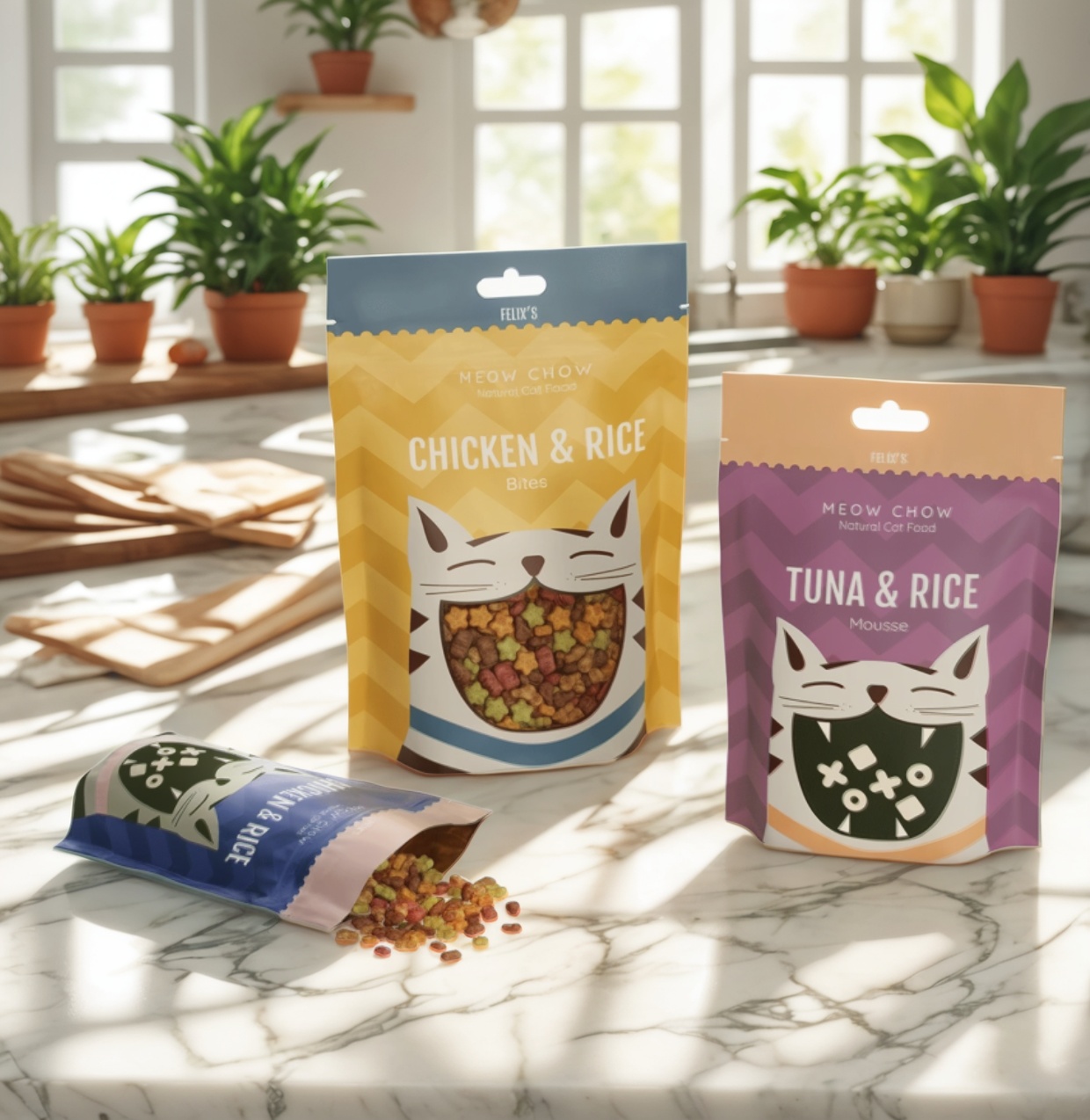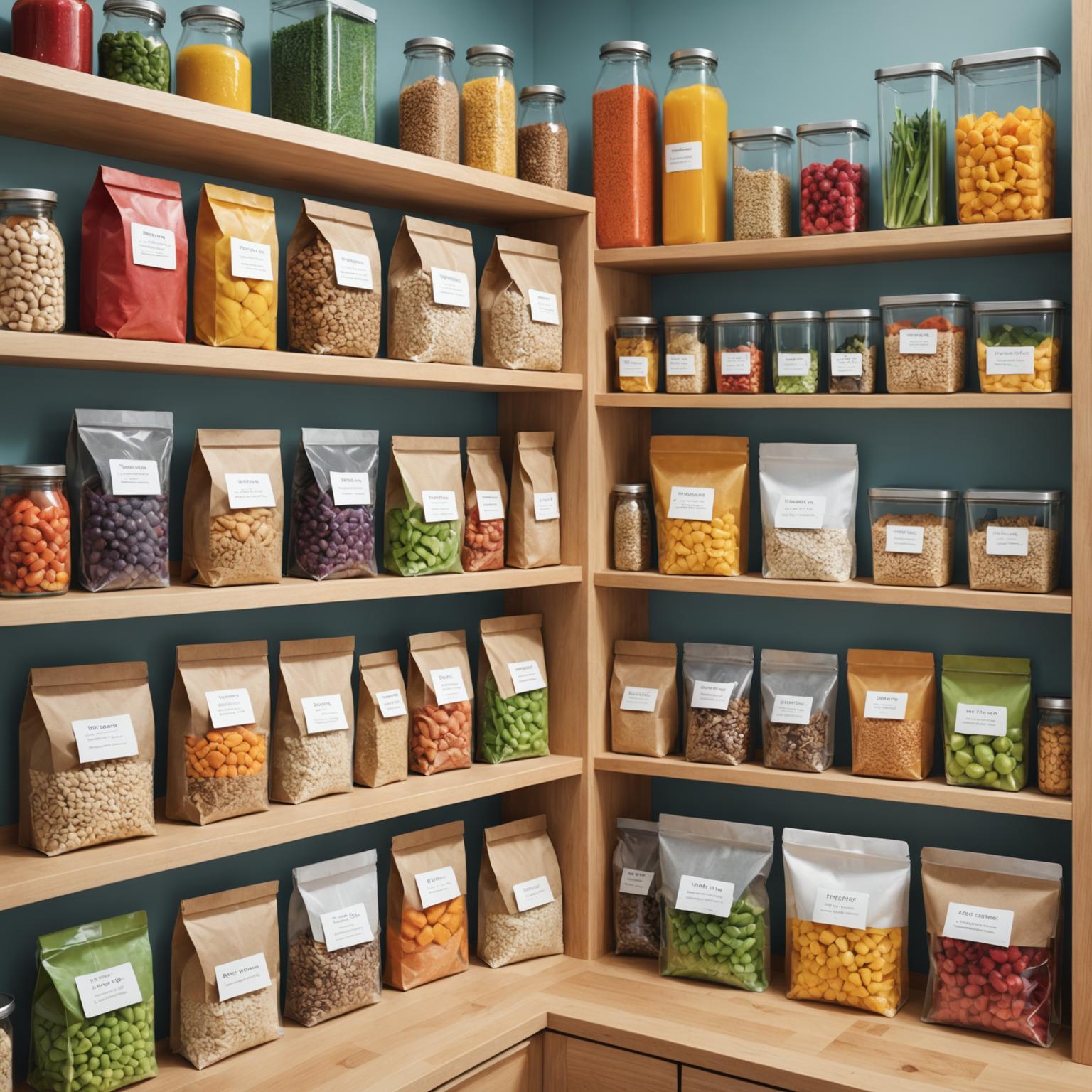The Unseen Hero of the Modern Pantry
In today’s fast-paced world, convenience, freshness, and sustainability are paramount in consumer choices, especially when it comes to food products. The packaging that protects and presents our food plays a crucial, often underestimated, role in meeting these demands. Among the myriad of options, food packaging pouches have emerged as a dominant force, revolutionizing how products are stored, shipped, and sold. From gourmet pet food to artisanal coffee and on-the-go snacks, these flexible containers offer a combination of practicality, marketing appeal, and advanced preservation technology that rigid packaging often cannot match, making them an indispensable component of the modern food industry.

Functionality That Enhances Daily Life
One of the most significant drivers behind the popularity of pouch packaging is its superior functionality and consumer-centric design. Modern life demands products that fit seamlessly into busy schedules, and packaging is a huge part of that equation. This is where features like resealable closures become invaluable. The rise of ziplock food packaging has transformed the consumer experience, allowing for multi-use consumption without compromising the freshness or quality of the contents. Consider a product like premium cat food, such as “Felix’s Meow Chow.” The inclusion of a resealable zip on its vibrant pouches means a pet owner can serve a portion and securely seal the rest, keeping the food fresh and flavorful for the next meal. This eliminates the need for secondary containers, reduces food waste, and simplifies storage. Beyond zippers, features like tear notches for easy opening and spouts for liquid products further enhance convenience, proving that thoughtful package design directly improves a product’s usability.
The Sustainable Shift to Greener Packaging
As environmental consciousness grows, consumers and companies alike are seeking more responsible packaging solutions. The food industry is under increasing pressure to reduce its carbon footprint, and this has spurred significant innovation in materials. The development of biodegradable food pouches represents a major step forward in this green revolution. Unlike traditional plastics that can persist in the environment for centuries, these eco-friendly alternatives are designed to break down naturally under specific conditions. Made from renewable resources like corn starch (PLA) or other plant-based polymers, biodegradable food pouches offer a way to minimize long-term waste. While the infrastructure for composting and proper disposal is still evolving, the commitment to creating these materials signals a clear industry trend. Brands that adopt this technology are not only helping the planet but are also aligning with the values of a growing segment of environmentally-aware consumers.
A Canvas for Compelling Branding
In a crowded retail environment, a product has only a few seconds to capture a shopper’s attention. Food packaging pouches provide a superior canvas for branding and visual storytelling. Unlike a can or jar with a limited label area, a pouch offers a large, uninterrupted surface on both its front and back. This allows for high-resolution graphics, vibrant colors, and compelling messaging that can make a product pop on the shelf. The packaging for “Felix’s Meow Chow” is a perfect example; its cheerful yellow and blue design for the chicken variety and alluring purple and peach tones for the tuna mousse create distinct product identities. The playful feline artwork adds charm and emotional appeal, instantly connecting with cat lovers. This ability to use the entire package as a marketing tool enables brands to communicate their story, highlight key benefits, and build a strong, memorable identity that drives sales.
The Science of Preservation and Freshness
Beyond aesthetics and convenience, the primary function of any food packaging is to protect its contents. High-quality food packaging pouches are marvels of material science, often constructed with multiple, specialized layers fused together. Each layer serves a distinct purpose. An outer layer, typically made of PET or polypropylene, provides a durable, printable surface. The middle layers are the most critical for preservation, often incorporating materials like aluminum foil or specialized films that act as robust barriers against oxygen, moisture, UV light, and aroma transfer. This barrier function is essential for extending shelf life and maintaining the intended flavor, texture, and nutritional value of the food inside. For delicate products like a smooth tuna mousse for cats or an aromatic coffee, this protection is non-negotiable. The innermost layer is a food-safe sealant that ensures the pouch is hermetically sealed, preventing leaks and contamination. This sophisticated, multi-layer structure is the key to delivering a product to the consumer that is as fresh and safe as the day it was packed.

